ORIGINAL RESEARCH
Published on 23 Sep 2022
Scribble basal polarity acquisition in RPE cells and its mislocalization in a pathological AMD-like model
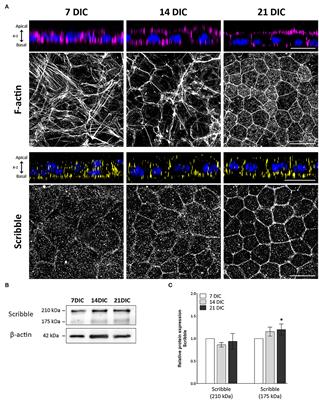
doi 10.3389/fnana.2022.983151
- 5,293 views
8,001
Total downloads
66k
Total views and downloads
You will be redirected to our submission process.
ORIGINAL RESEARCH
Published on 23 Sep 2022

MINI REVIEW
Published on 23 Sep 2022
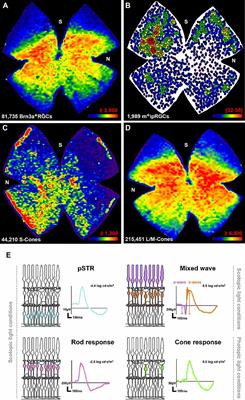
CORRECTION
Published on 08 Sep 2022
ORIGINAL RESEARCH
Published on 05 Aug 2022

ORIGINAL RESEARCH
Published on 11 Jul 2022

PERSPECTIVE
Published on 09 Feb 2022

ORIGINAL RESEARCH
Published on 04 Feb 2022

ORIGINAL RESEARCH
Published on 26 Jan 2022
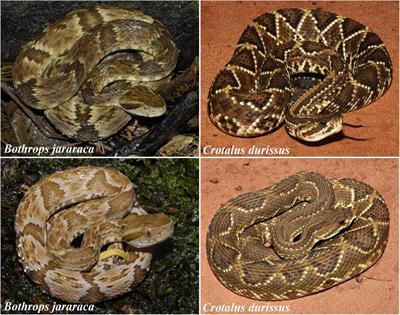
REVIEW
Published on 21 Jan 2022
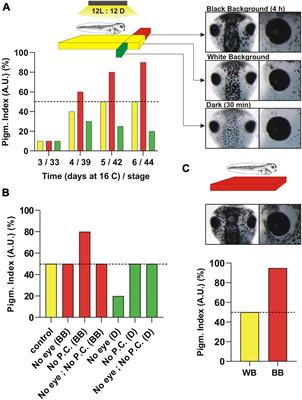
ORIGINAL RESEARCH
Published on 13 Jan 2022
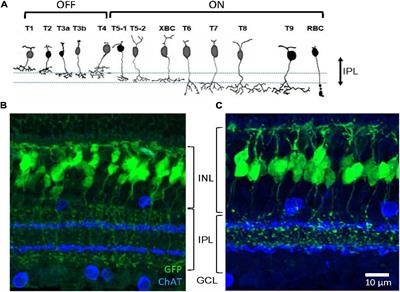
ORIGINAL RESEARCH
Published on 23 Dec 2021
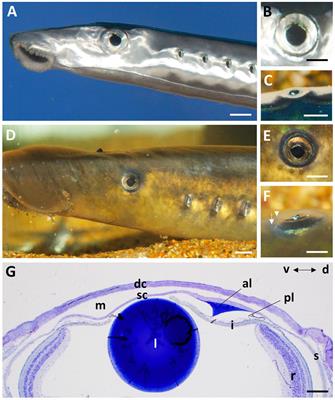
ORIGINAL RESEARCH
Published on 13 Dec 2021

